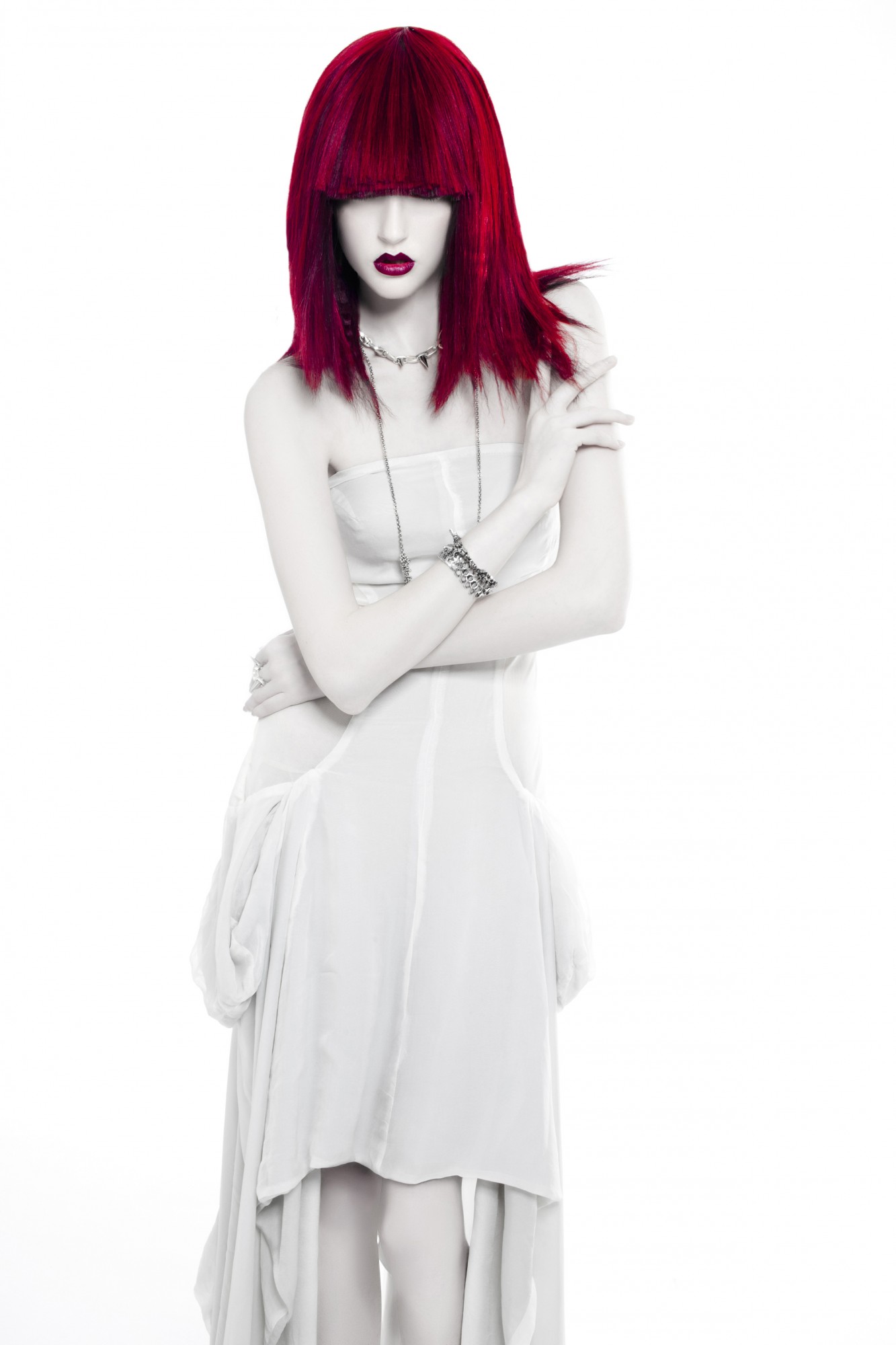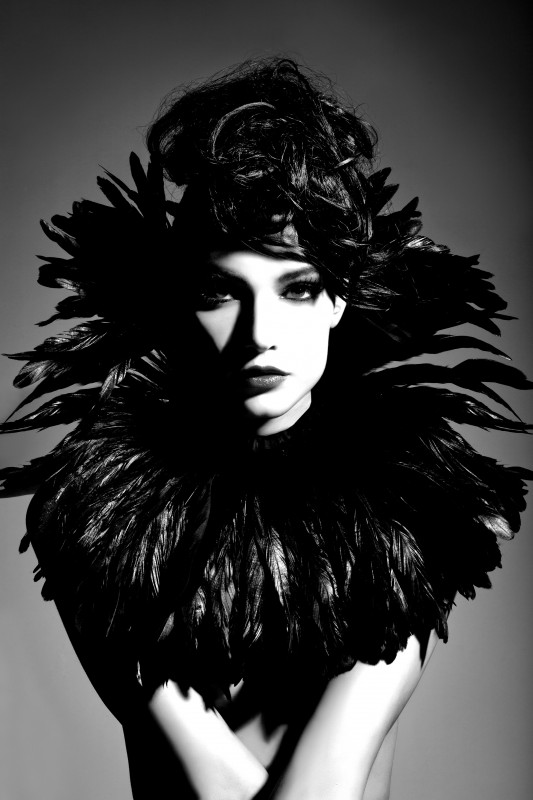Q&A WITH FASHION PHOTOGRAPHER LINDSAY ADLER
FAULT: As you begin answering these questions, what is your current state of mind?
Lindsay: To be honest, right now I’m thinking a lot about who I am and who I’d like to be. This is in all facets of my life. Where am I in my career, and where would I like to be? How have I changed as a person and what other changes would I like to see in myself? It’s getting toward the end of the year, when I think about last year’s resolutions and new ones for the coming year. I’m thinking a lot about change and transformation.
FAULT: When did you first realize you wanted to make photography a career?
Lindsay: Photography has been a passion of mine for over a decade. I first discovered photography around age 13 as a hobby I shared in common with my mother and grandmother. Throughout my teenage years, photography became an integral part of my identity and expression. I knew, almost just from picking up my first camera, that photography would be my career. I didn’t gravitate toward fashion photography immediately… I began photographing nature and portraits and even photojournalism. When I experimented with my first fashion images, I was hooked. The creative freedom is liberating and challenging at the same time.
FAULT: Where do you call home?
Lindsay: I was born and raised in a small rural town in upstate New York called Apalachin. I grew up on a farm (though I didn’t help much with chores), and have even traveled back home to shoot on location for fashion editorials—several images in my portfolio were inspired by my surroundings growing up. Today, I live in New York City in a brownstone apartment on Central Park. I’ve only been in New York for about a year and a half, but it already feels like home. Since my life has been in flux so much over the past few years, “home” has changed frequently.
FAULT: How would you describe your style?
Lindsay: My style is clean, bold and graphic. I love using saturated colors that pop from the page, or high contrast black and whites that are all about graphic composition. I love the exploration of graphic shapes, symmetry and composition. My skin tones are often muted, allowing for the colors to speak above them. Ideally, my images can stand-alone as pieces of art. These days we are all inundated with so many images, and therefore the “formula” I use is intended to have images that are truly arresting.
FAULT: Favorite project you have ever done?
Lindsay: My favorite project is always my next project. I’m not the type of person who is easily satisfied and, although I love my work, I’m always pushing to do bigger and better. At any given time I have about a dozen ideas for shoots bouncing around in my head, just waiting to be made into a reality. One of my favorite projects was when I gave myself a distinct challenge. I had seen photographs where the skin of the model looked like liquid paint (yet, I could tell that it had been achieved by another effect). I set out to create a stunning effect where the skin was dark and liquid, while the jewelry or clothing was distinct and striking. It took me some practice, but the resulting images are some of my favorites! They fit my style perfectly! Its great to deconstruct an effect you love, and make it into your own take on a technique.
FAULT: If you weren’t a photographer, what would you be?
Lindsay: If I weren’t a photographer, I’d be lost. Photography is one of the few constant variables in my life. No matter what I do, how I change, changes in relationships, where I move, and more… I am first and foremost a photographer and artist. However, I love to learn so I think I might be a college professor or perhaps an author if I weren’t a photographer. Thank goodness that’s not something I have to worry about.
FAULT: Who is a photographer that inspires you and why?
Lindsay: I often look to other photographers for inspiration. There are so many incredible fashion and fine art photographers with amazing vision out there. The masters of traditional fashion photography have always influenced me, including Irving Penn, Albert Watson and Richard Avedon. Fundamentally, every fashion photographer can trace some influences to these huge names. At the moment, I’ve been more influenced by photographers like Thierry Le Goues and Solve Sundsbo, for their use of graphic compositions, rich colors and invigorating creativity.
FAULT: Tell us a little bit about your workshops.
Lindsay: I love sharing my passion with others. So, one way I do this is through teaching workshops. I often teach other photographers about executing their own fashion shoots, how to develop a concept and a variety of technical practices including lighting and Photoshop techniques. I have been honored to speak at pretty much every major photography event in the United States, and each year I teach thousands (even tens of thousands) of photographers.
FAULT: What is your FAULT?
Lindsay: My fault is that I pursued my passion in life as a career. As a result, my life revolves around my passion. It’s my work, it is my relaxation, it is my hobby and it’s my source of income. It’s everything to me! Some people hate that about me, while others love it.
Interview by Rachel Eleanor Sutton

